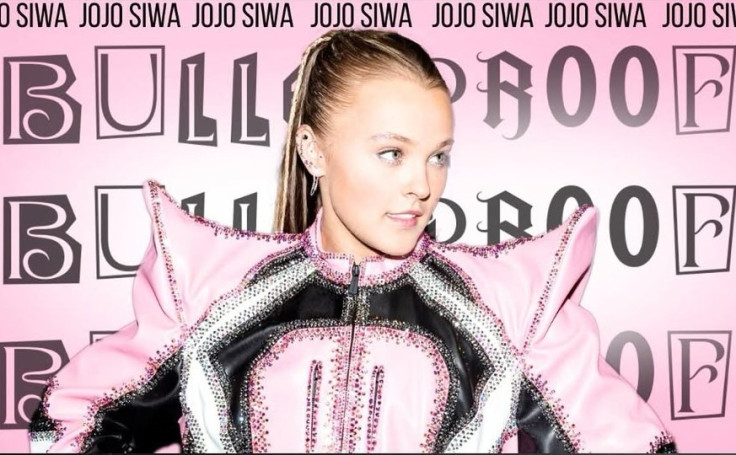JoJo Siwa's Dyslexia Sheds Light on 'Clumsy' Dancing Claims
The pop star and former Dance Moms alum opens up about living with dyslexia—offering a new lens through which fans can understand her energetic, sometimes divisive, dance style

Pop sensation and television personality JoJo Siwa has revealed that she lives with mild dyslexia—a disclosure that may explain long-standing critiques of her energetic but sometimes criticised dancing style.
In an episode of her podcast, 'JoJo Siwa Now', the 20-year-old performer opened up about the challenges she faces with reading and writing, noting that she still confuses letters like 'b' and 'd'. 'I've had dyslexia my whole life,' she said. 'It's not bad... I get a little confused' when dealing with similar letters.
Siwa's revelation has reignited discussions about how dyslexia, a condition most commonly associated with reading difficulties, can also affect other areas such as memory, sequencing, and motor coordination, which are crucial for dance performance.
More Than Words: Dyslexia's Link to Movement
While dyslexia is widely recognised for affecting literacy skills, research has shown it can also impact motor control and proprioception (awareness of body positioning). These neurological overlaps may make learning or recalling choreography more difficult, even for seasoned dancers.
Research indicates that individuals with dyslexia often experience challenges with rhythm perception and motor synchronisation. They may have difficulties synchronising movements to a beat, such as tapping in time with auditory prompts.
These challenges are associated with impairments in rhythm processing, which are linked to broader language and cognitive functions. For instance, a study published in the National Library of Medicine (NLM) found that children with dyslexia performed poorly in rhythm discrimination tasks compared to their typically developing peers.
Siwa's fans have long debated whether her unorthodox dance style, marked by exuberant expression and high energy, is technically sound.
On platforms like Reddit, critics analysing her televised performances occasionally describe her as 'sloppy' or 'over the top'.
In contrast, supporters highlight her charisma, timing, and commitment to entertaining, arguing that her strengths lie in performance rather than technical execution.
Criticism on Stage
During her time as a contestant on Dancing with the Stars in 2021, where she made history as part of the show's first same-sex dance pairing, Siwa displayed a blend of high emotion and intense physicality in her routines. While praised for her bravery and showmanship, some judges and fans noted inconsistencies in form and control.
Siwa's own reflections suggest her body often relies on instinct rather than calculation when dancing. In an interview with Teen Vogue, JoJo described how routines eventually 'settle' into her body, adding: 'There just comes a point in time with the dance where my body just understands what to do and it trusts itself. I feel like the only thing that gets in the way is my brain, and I overthink things a lot...'
That sense of 'locking in' might be critical. Experts say muscle memory can sometimes compensate for sequencing challenges in individuals with dyslexia, especially when routines are practised repetitively under the same conditions.
A Voice for Neurodiverse Performers
Beyond her dance career, Siwa's openness about her diagnosis may offer visibility to others navigating creative fields with neurodevelopmental differences. While she downplays the severity of her dyslexia, stating she can read and write just fine, her willingness to speak about it publicly may normalise the condition in an entertainment industry that still often prizes perfection.
Dyslexia affects about 1 in 10 people in the UK to varying degrees, according to the NHS. Many schools and arts organisations now offer adapted learning approaches to help dyslexic students engage with movement-based learning, particularly in dance, theatre, and music.
Siwa is far from alone. British ballerina, choreographer Aakash Odedra, and world-renowned dancer Darcey Bussell have spoken publicly about their struggles with reading and how movement became their outlet and strength.
The pop star's own trajectory—from YouTube dance videos to primetime television and her own stage tours—reflects the kind of creative improvisation that neurodiverse individuals often bring to performance. While technique may divide opinion, Siwa's message is becoming clearer: her style is hers, shaped by both talent and challenge.
© Copyright IBTimes 2025. All rights reserved.





















